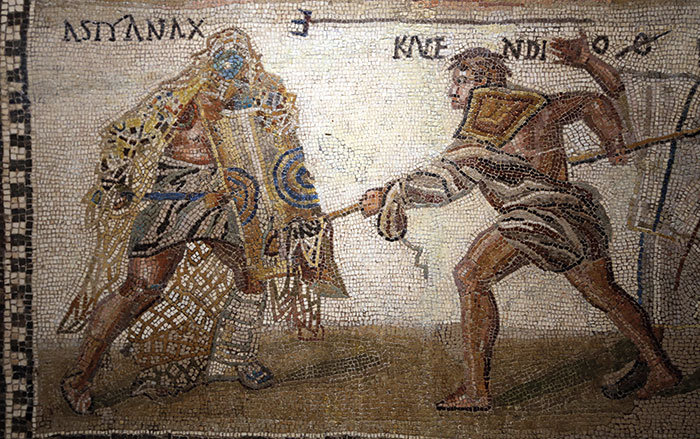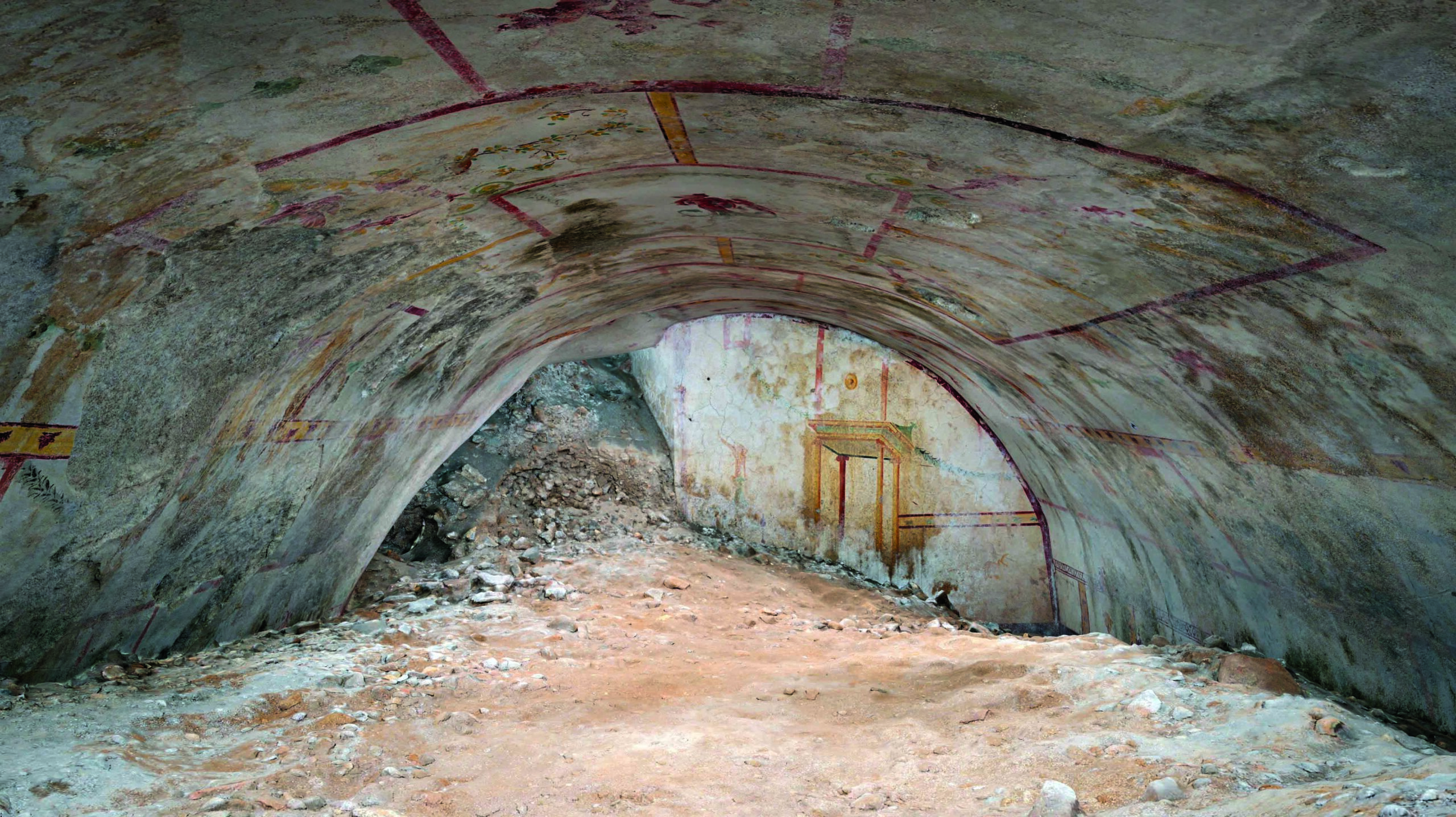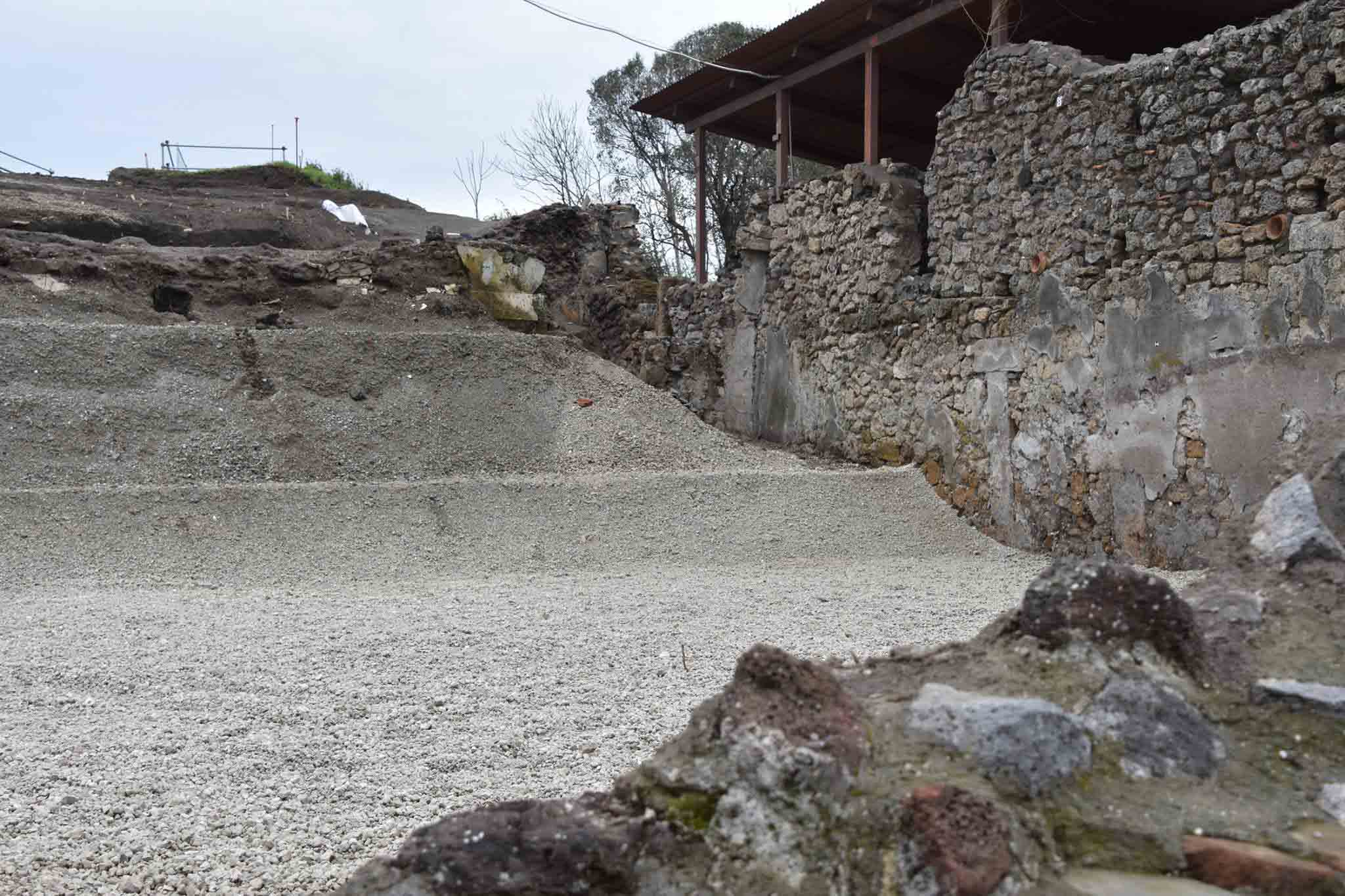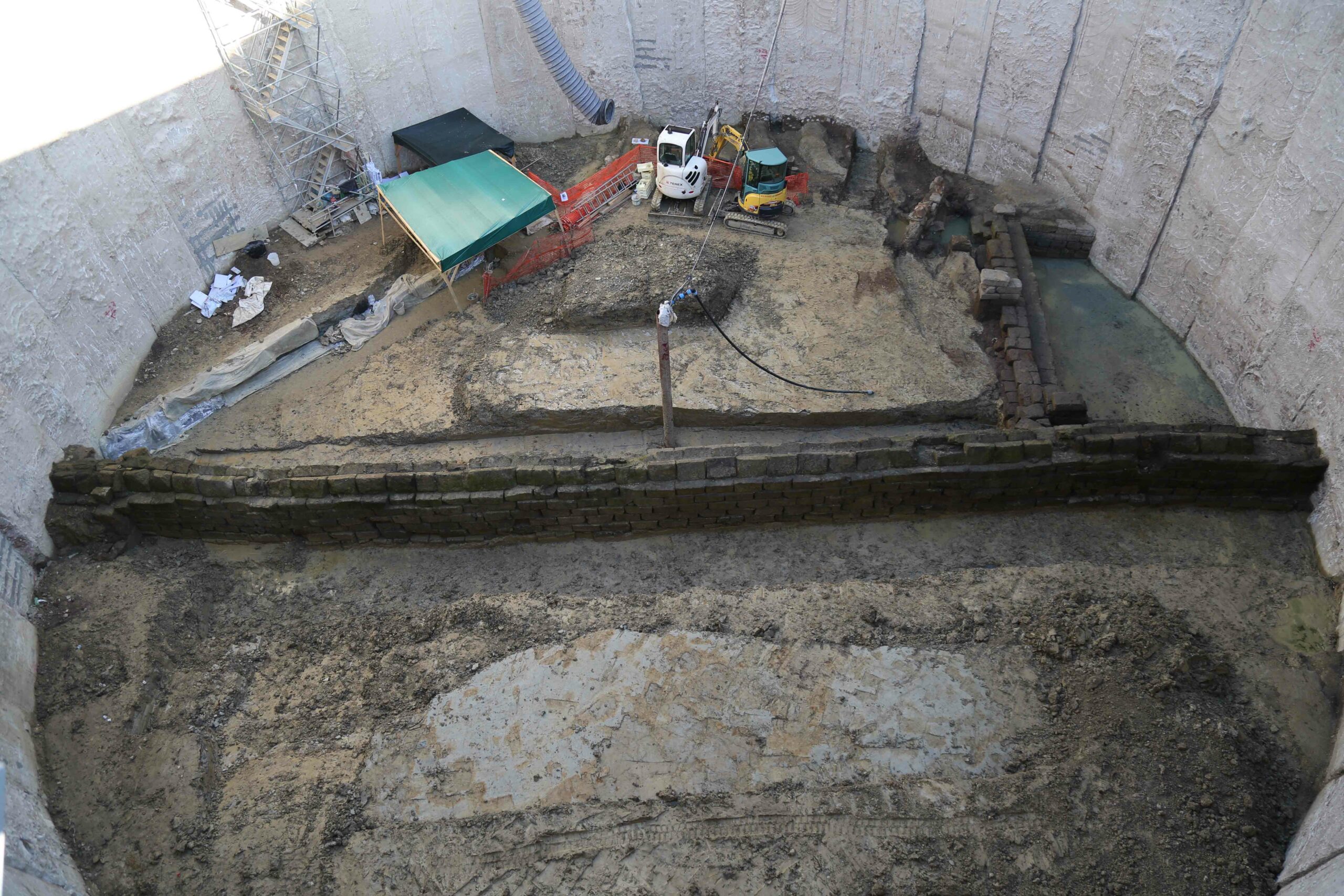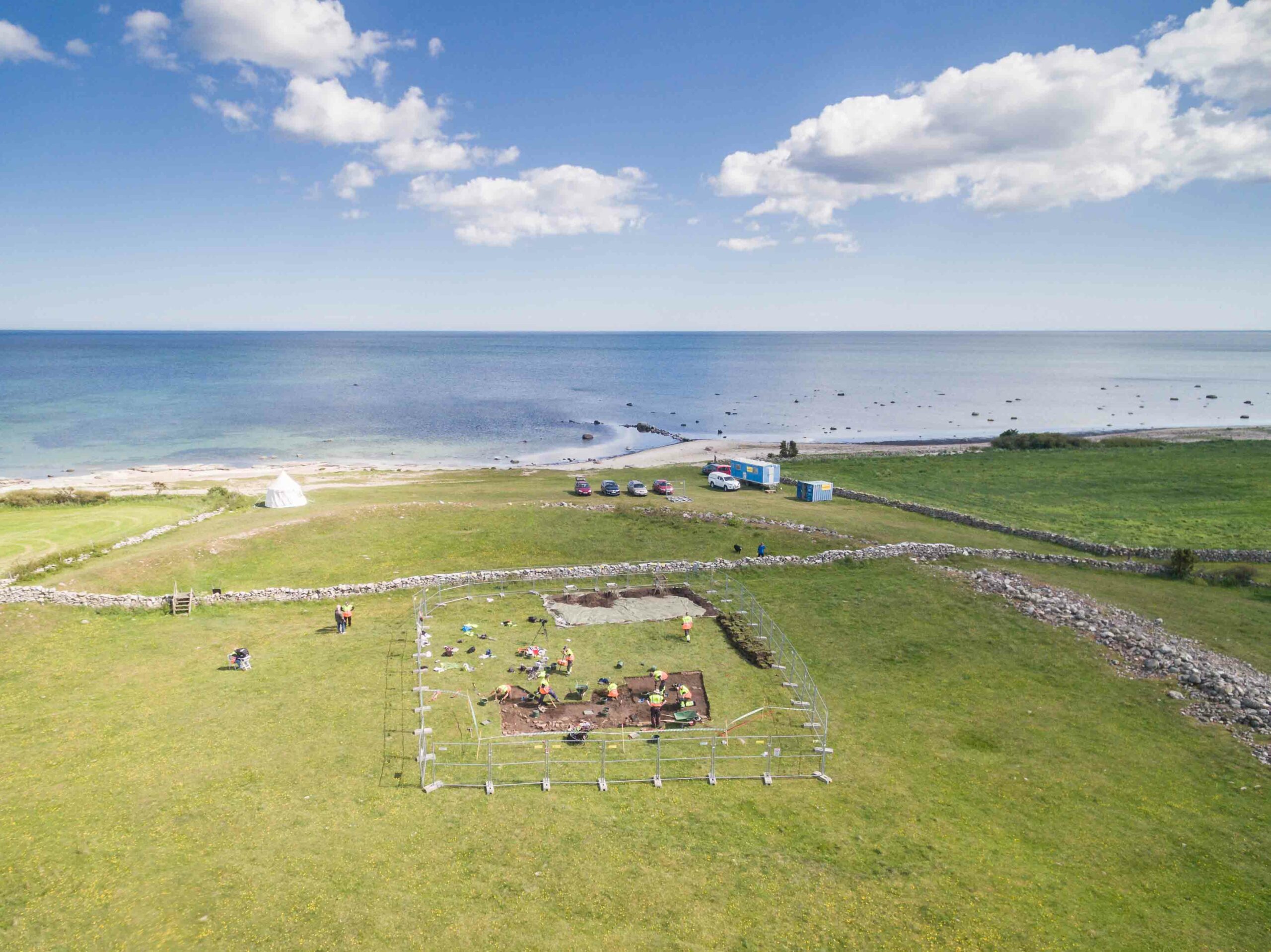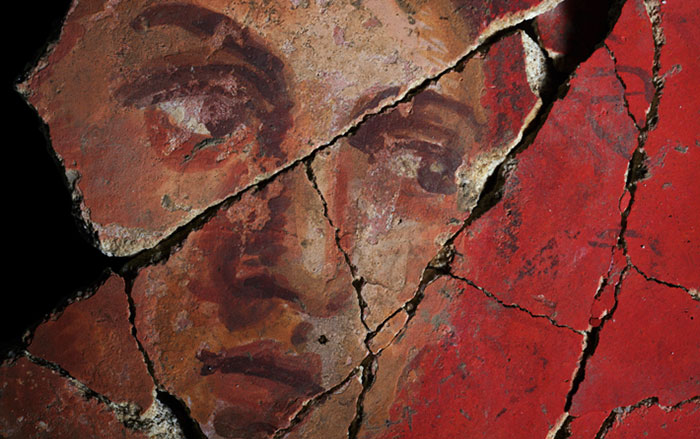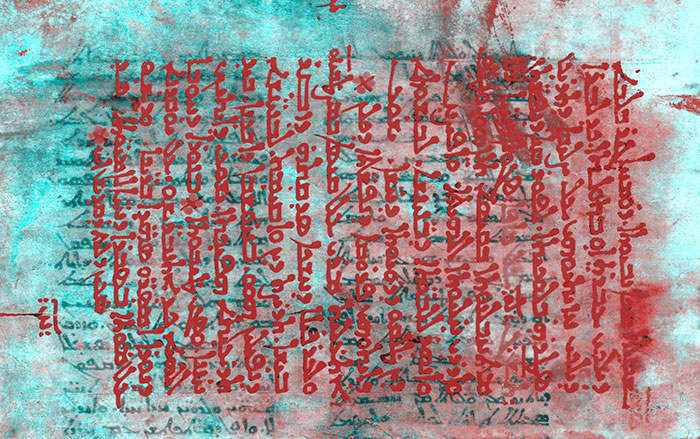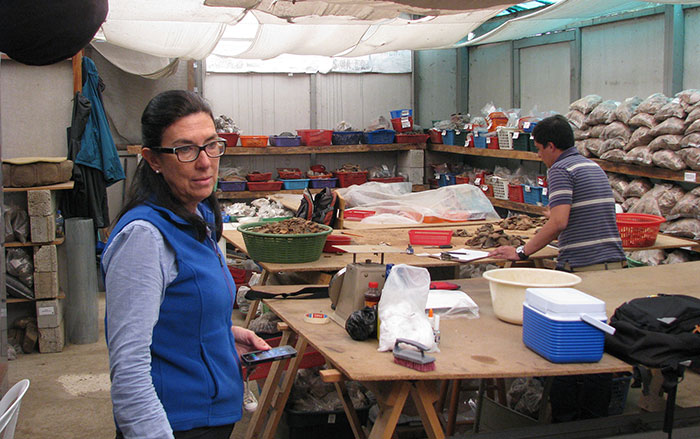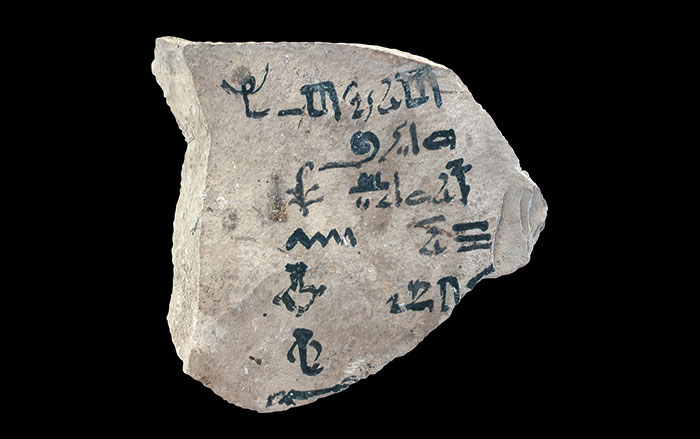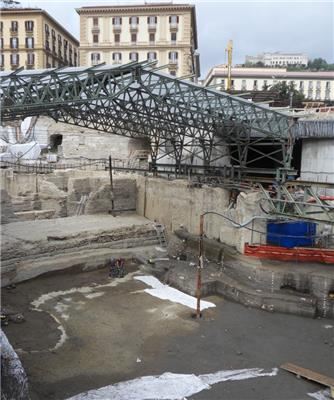
NAPLES, ITALY—An international team of archaeologists from CNRS, the University of Glasgow, the University of Southampton, and the University of Naples Federico II, tested core samples from a nearly 20-foot deep deposit of sediments in the ancient port of Naples to study the effect of the eruption of Mount Vesuvius in A.D. 79 on the Aqua Augusta aqueduct and water system. According to a report in Phys.org, they analyzed the amount and type of lead in the layers of sediments, which accumulated in the harbor after passing through the water circulation system in Naples and neighboring towns. The geochemical analysis detected two different lead isotopes, one before and one after the eruption of the volcano. The team says this indicates the system was destroyed by the eruption and that the Romans replaced it over a period of about 15 years with lead from one or more different mines. The study also suggests that the water system had been expanding until about the beginning of fifth century, when the sediments in the harbor became less contaminated. This shrinking of the water system may have been caused by damage from invasions, new eruptions of Mount Vesuvius, or epidemics. To read about excavations in the city, go to "Naples Underground."


